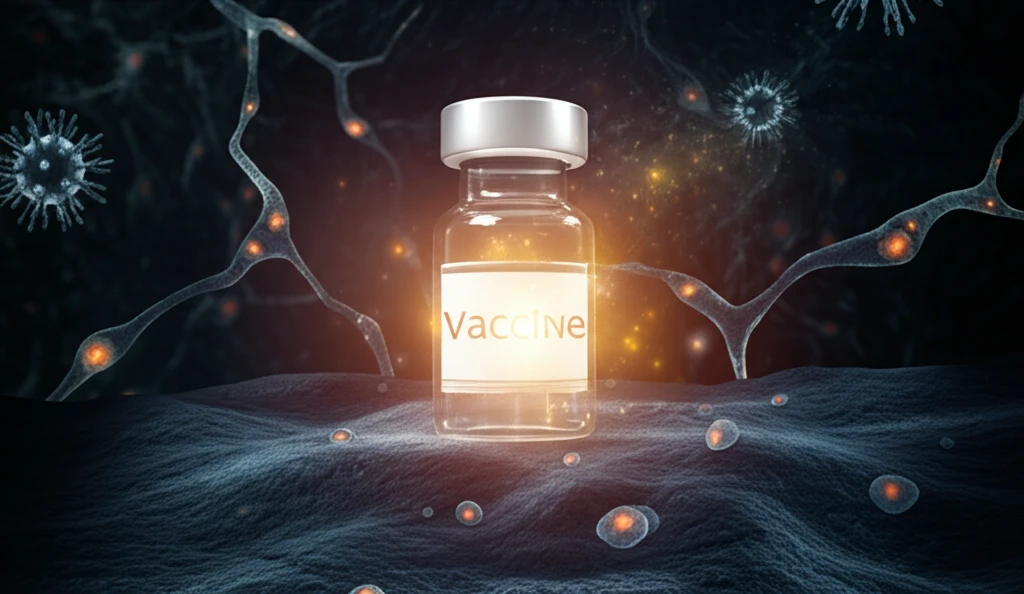
Decoding Immunity: How Vaccines are Shaping a Healthier Future
"Exploring the Crucial Role of Vaccine Immunology in Preventing Infectious Diseases"
In a world constantly threatened by infectious diseases, vaccines stand as a beacon of hope. These medical marvels have eradicated some of history's deadliest plagues and continue to protect billions from preventable illnesses. But how do vaccines actually work? The answer lies in the fascinating field of vaccine immunology—the science of harnessing the body's natural defenses to fight disease.
Vaccine immunology is a complex and rapidly evolving field, drawing on expertise from microbiology, immunology, and genetics. At its core, it's about understanding how the immune system responds to foreign invaders and how we can manipulate that response to create lasting protection. This article will explore the key concepts of vaccine immunology, highlighting the latest research and the scientists who are shaping the future of public health.
From the pioneering work of Edward Jenner to the cutting-edge mRNA vaccines of today, vaccine immunology has come a long way. Understanding the principles behind how vaccines stimulate our immune system is crucial for appreciating their importance and addressing concerns about their safety and efficacy. Let’s embark on a journey to uncover the science behind these life-saving innovations.
How Do Vaccines Work: A Crash Course in Immunology

To understand how vaccines work, it's essential to grasp the basics of the immune system. Our bodies have two primary lines of defense: the innate and adaptive immune systems. The innate immune system is the first responder, providing a rapid but non-specific defense against pathogens. This includes physical barriers like skin and mucous membranes, as well as immune cells like macrophages and natural killer cells.
- Antigen Presentation: Vaccines introduce antigens—harmless fragments of pathogens—into the body. These antigens are then presented to immune cells, such as T cells, which recognize them as foreign.
- B Cell Activation: Some antigens are recognized by B cells, which then differentiate into plasma cells that produce antibodies. Antibodies are proteins that bind to pathogens, neutralizing them or marking them for destruction by other immune cells.
- T Cell Activation: Other antigens are presented to T cells, which can differentiate into helper T cells or cytotoxic T cells. Helper T cells help B cells produce antibodies, while cytotoxic T cells directly kill infected cells.
- Memory Cell Formation: After the infection is cleared, some B cells and T cells become memory cells, which remain in the body for years or even decades. If the same pathogen is encountered again, these memory cells can quickly activate the immune system, providing rapid and effective protection.
The Future of Vaccine Immunology: Innovation and Hope
Vaccine immunology is a dynamic field, with ongoing research and development efforts focused on improving existing vaccines and creating new ones for emerging infectious diseases. From personalized vaccines tailored to individual immune profiles to novel delivery methods that enhance immune responses, the future of vaccine immunology holds immense promise for protecting global health. By continuing to invest in research and development, we can harness the power of the immune system to prevent and control infectious diseases, creating a healthier and more secure future for all.
